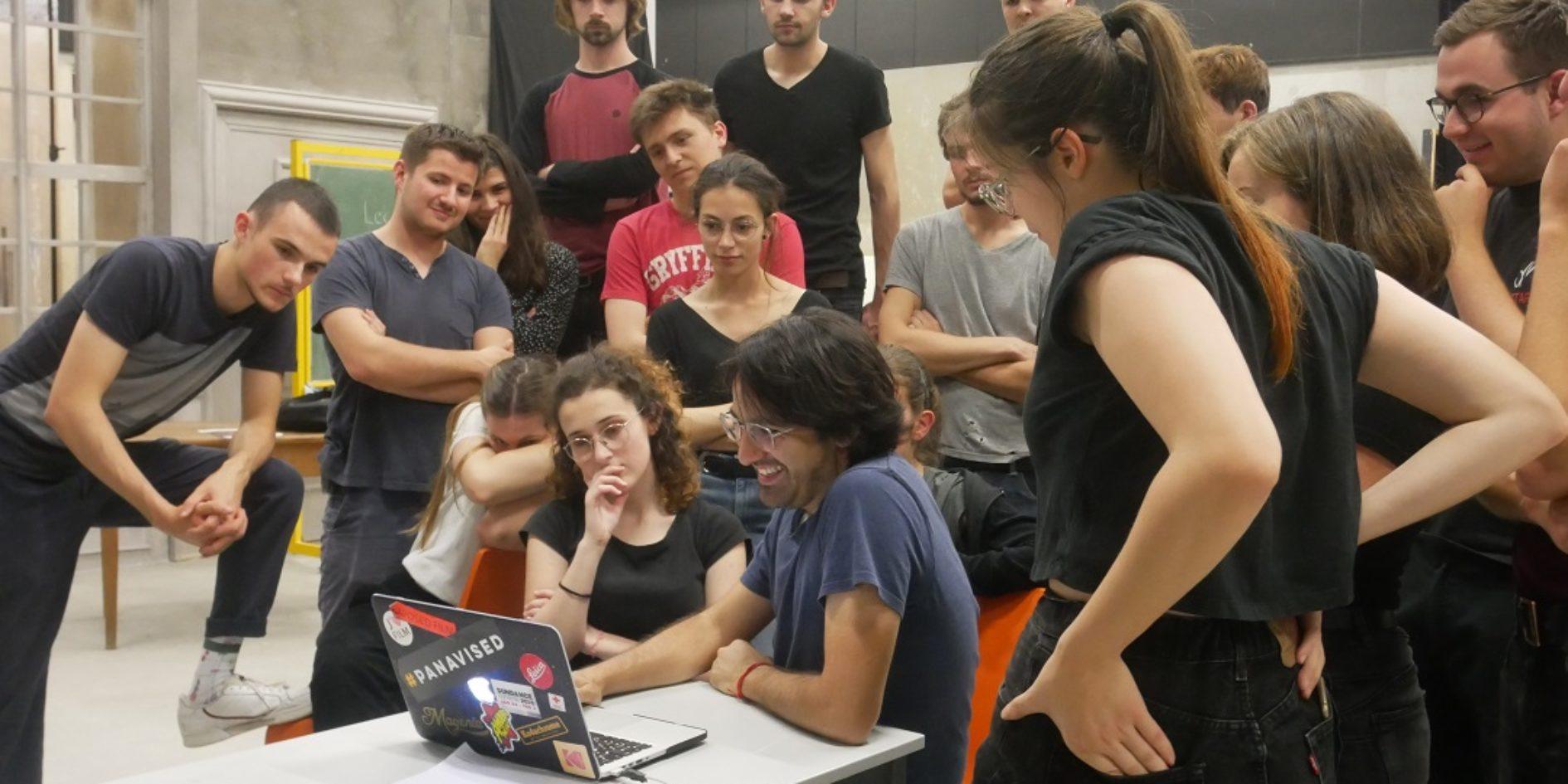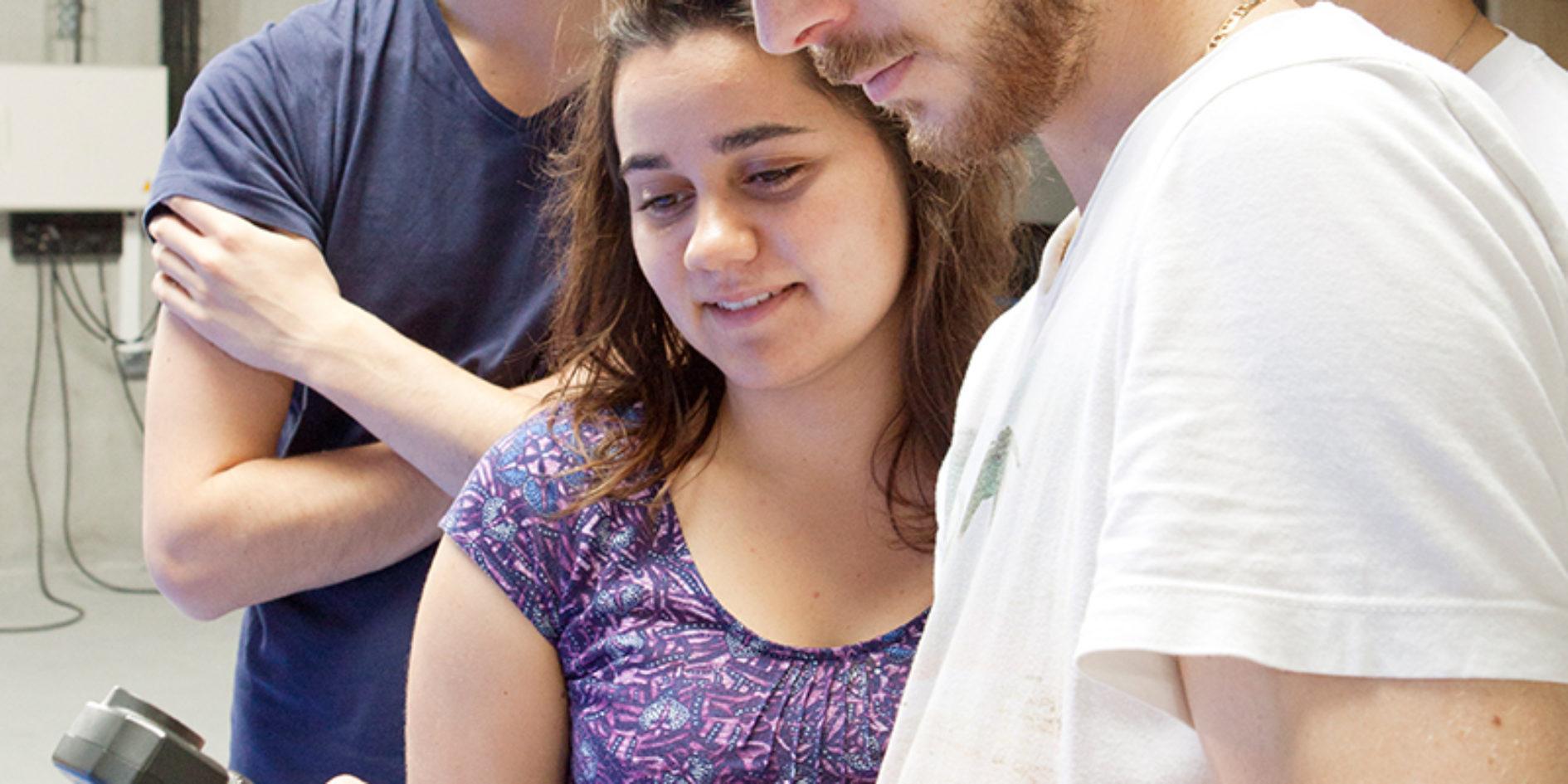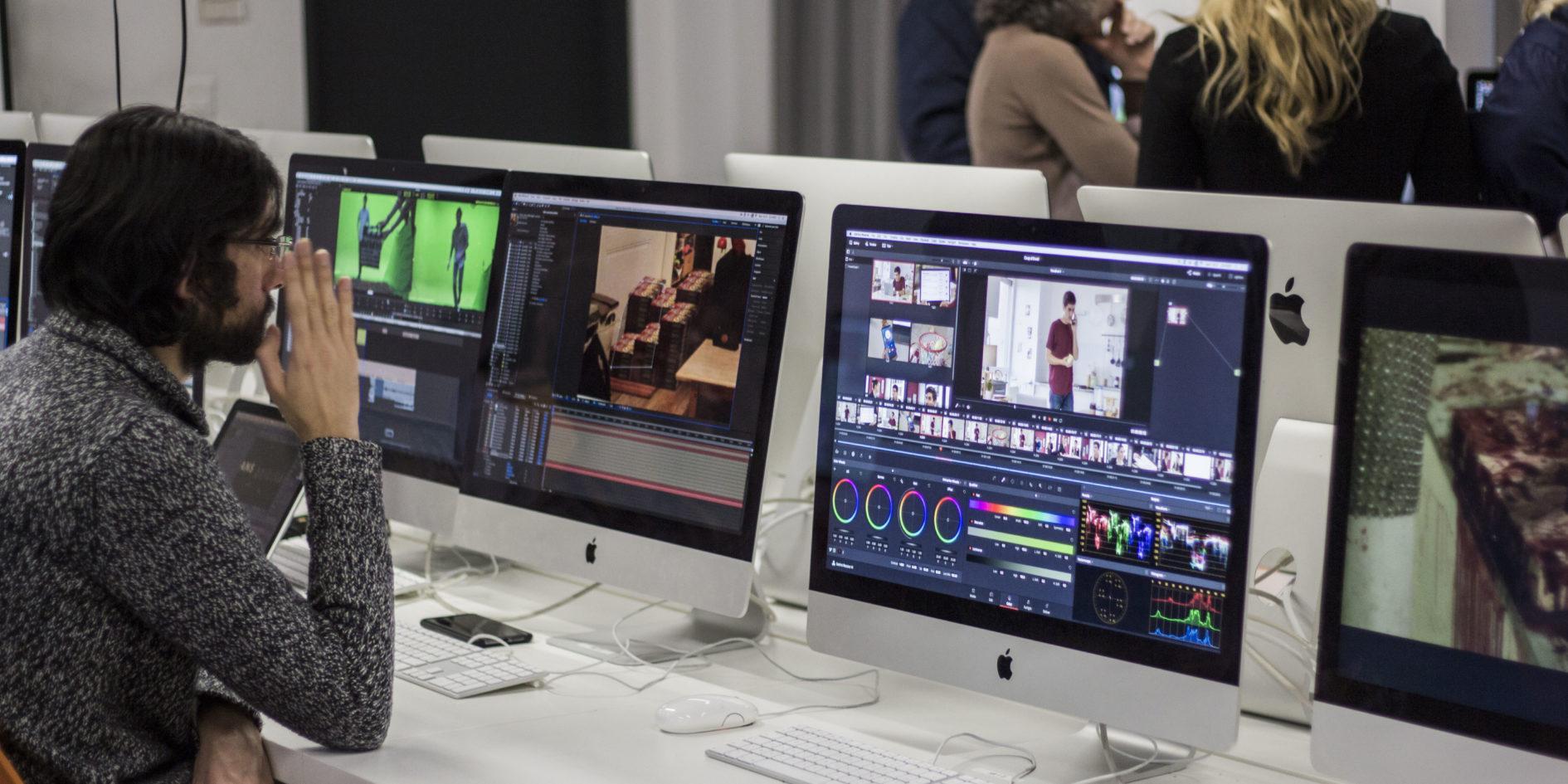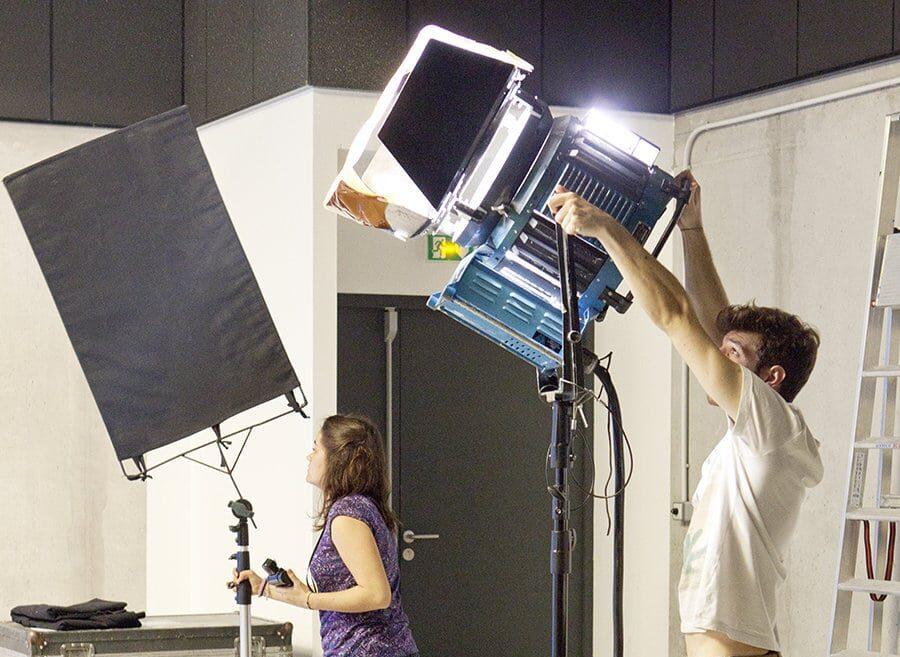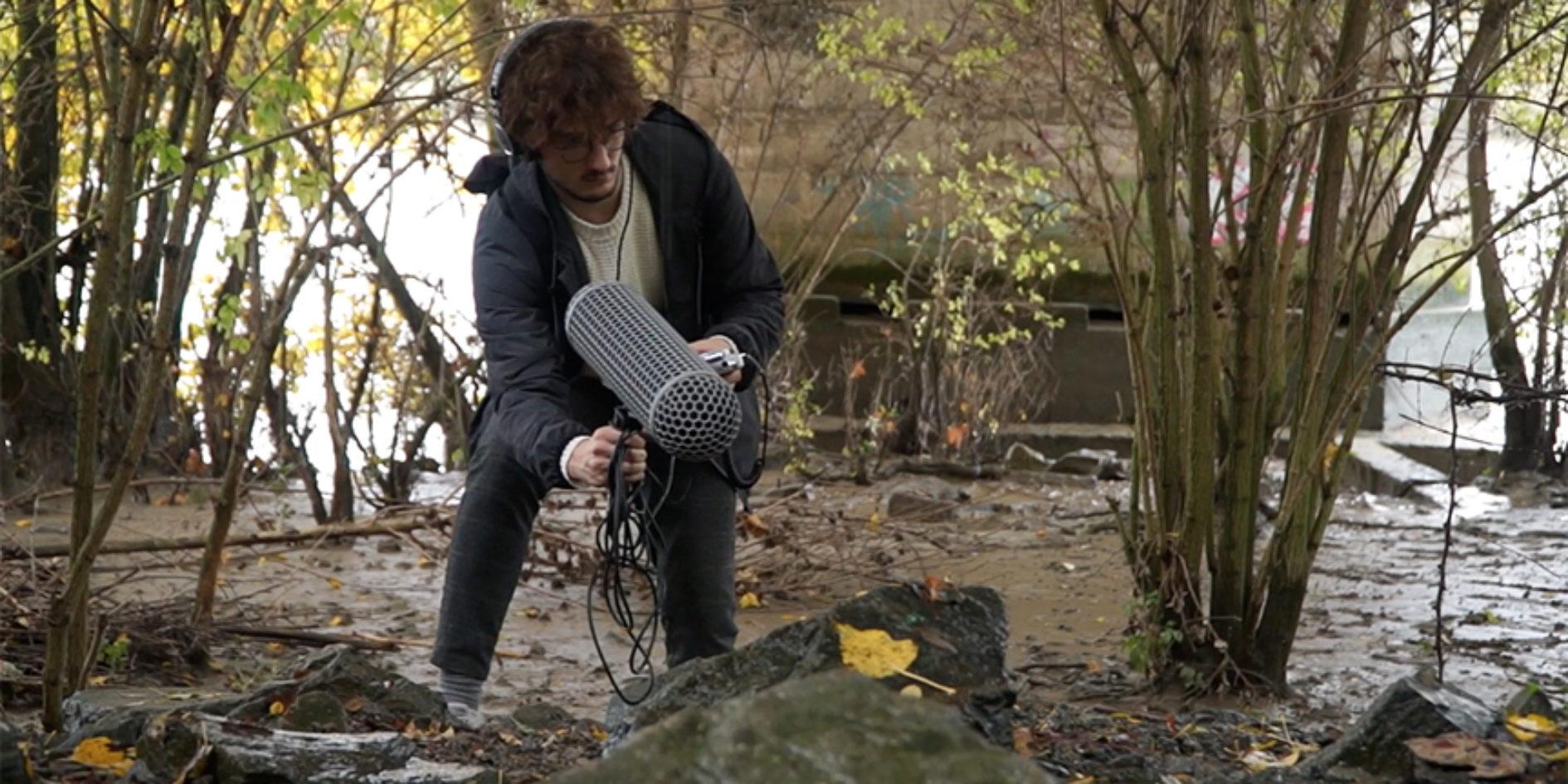Head decorator
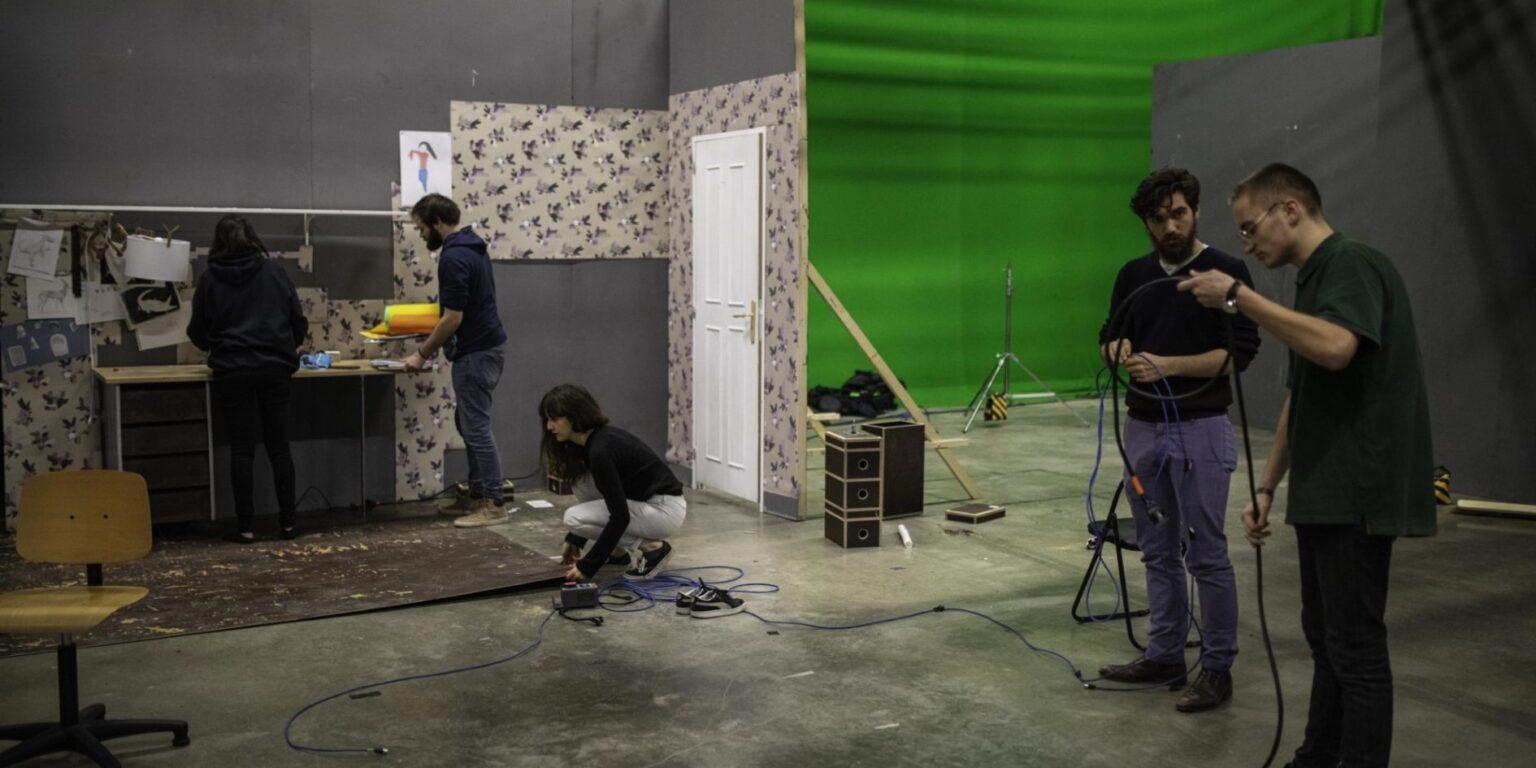
To be a head decorator, or a decorator-set designer, is to be both a technician and an artist.
The mission of this professional is to create atmospheres, scenes, moods. What are the specificities of the job of head decorator? What skills and diplomas are required to practise?
The head decorator’s role and missions
The head decorator, also called architect-set designer or decorator-set designer, creates the sets for television, cinema, theatre or exhibitions of all kinds (museums, events, art exhibitions, etc.).
His / her role
The role of the chief decorator includes all the stages, from the sketch of the plan to the installation and finalization of all the decorative elements. Therefore, this audiovisual professional is responsible for the creation of a scenery and all the steps involved.
The head decorator’s missions are, among other things :
- to get acquainted with his clients’ project, to be attentive to their expectations, in particular those of the director, artist, gallery owner, depending on the environment in which he carries out the mission;
- to draw the project plans, make the models and prepare a quote for his assignment. Afterwards, he entrusts these documents to his clients. If the latter retain his proposal, he can then order the raw materials necessary for the realization of the project;
- participate and supervise the realization of the set elements, with a technical team or in total autonomy, depending on his status. He can work in collaboration with the other professionals involved in the project: director, costume designer, etc..;
- on some specific projects (exhibition or museum scenery), to take into account safety rules and the flow of visitors in his workspace.
His missions will depend on the project, its nature and its location. He must constantly adapt to the specificities of his work environment and to the ever more specific demands of his clients.
Diplomas and training
To become a head decorator in the film industry, it is recommended to follow a training course in space design (to become a set designer), in addition to a training course in drawing. The idea is to acquire the fundamental representation techniques required for this artistic profession.
There are therefore different ways to reach the profession of chief decorator after a baccalauréat. A training in applied arts will be preferable to a classical training. Also, a training in cinema and audiovisual will provide the fundamentals from the 1st to the 3rd year of training.
Skills and required qualities
To practise as a head decorator, it is necessary to rely on essential skills and qualities.
Required skills
Regarding the skills required for this exciting job, they include a good knowledge of materials and the mastery of drawing software. Here, artistic culture is essential.
Required qualities
As for the necessary qualities, they essentially concern natural curiosity, a sense of listening and communication, or flexibility and the capacity of persuasion when it comes to defending a project.
He or she masters the arts, knows the materials, their properties and their specificities (stability, weight, solidity, etc.), and is an expert in design and drawing software.
These are essential for the exercise of his or her profession. To the same extent, he is a naturally creative and curious person, who takes a close interest in the evolution of art.
As a lively professional, he also knows how to work in a team and how to lead it needed. Finally, the head decorator must be able to defend his propositions and ideas for the projects he is entrusted with.
He is a “jack-of-all-trades” with good manual dexterity and an excellent ability to represent in space. His imagination and creativity are his best assets, but he must also demonstrate a strong sense of organisation.
Finally, knowledge of electricity can be a plus in this profession, as can a high degree of mobility.
Careers and professional opportunities
The head decorator can work in different environments such as theatre, television, cinema, event organisation… He or she can join a production team for a fixed period of time, or be employed by an architectural firm as an employee.
In this environment, the majority of head decorators work as freelancers. As such, they are called upon by private companies, individuals or communities to carry out various missions.
Finally, after several years of practice, they can open their own business. It can then be a decor rental company or a creative company. He can thus develop his own activity and work as a self-employed entrepreneur.
In addition, it is also possible for the head decorator to evolve towards a position in teaching. This evolution is possible mainly at the end of his career.
Salary expectations
Level of experience Salary
Junior head decorator from 1640 to 2150€ gross/month
Experienced head decorator from 2000 to 3000€ gross/month
Senior head Decorator Up to 6000€ gross/month
At the beginning of his career, the head decorator is entitled to a monthly salary of between 1,640 and 2,150€ gross. This salary then increases with experience, reaching 2,000 to 3,000€ gross per month.
At the end of your career, you can expect to earn up to 6,000€ gross per month. However, the salary a freelance head decorator earns can vary according to many criteria, such as the nature of the assignment, his experience and reputation, the monthly turnover, etc. As in other film professions, recognition and reputation are key elements of remuneration.
The more he is recognized in his field, the more he will be asked to work on major projects.

